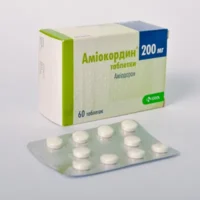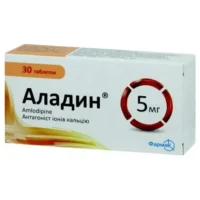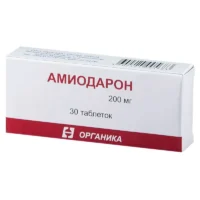Description
Rozuvastatin-Teva Coated Tablets 10 mg. №30
Ingredients:
Each tablet contains 10 mg of Rozuvastatin.
Dosage:
The recommended dosage is one 10 mg tablet per day, with or without food.
Indications:
Rozuvastatin-Teva is indicated for the treatment of high cholesterol and triglyceride levels in the blood.
Contraindications:
Do not use Rozuvastatin-Teva if you are pregnant, breastfeeding, or have active liver disease.
Directions:
Swallow the tablet whole with a glass of water. Do not crush or chew the tablet.
Scientific Evidence:
Rozuvastatin, the active ingredient in Rozuvastatin-Teva, is a statin medication that works by inhibiting HMG-CoA reductase, an enzyme involved in cholesterol synthesis. Clinical studies have shown that Rozuvastatin is effective in lowering LDL cholesterol and reducing the risk of cardiovascular events.
In a study published in the New England Journal of Medicine, Rozuvastatin was found to significantly reduce the incidence of major cardiovascular events compared to a placebo. The study concluded that Rozuvastatin is a valuable treatment option for patients at risk of cardiovascular disease.
Additional Information:
- Rozuvastatin-Teva may interact with other medications, so inform your healthcare provider about all the drugs you are taking.
- It is important to follow a healthy diet and exercise regimen while taking Rozuvastatin-Teva to maximize its benefits.





